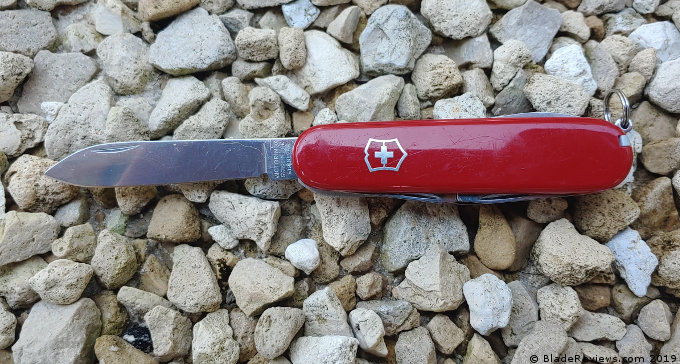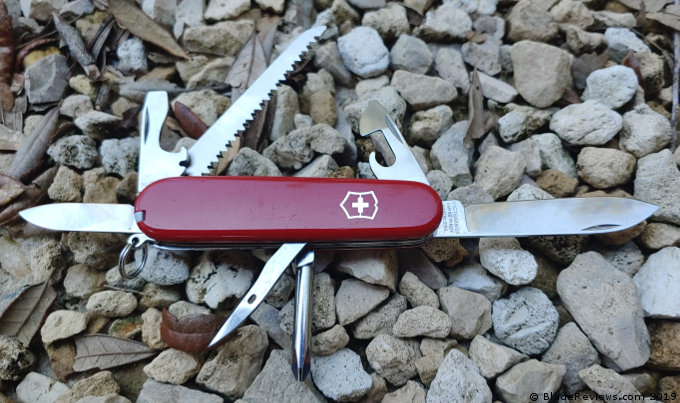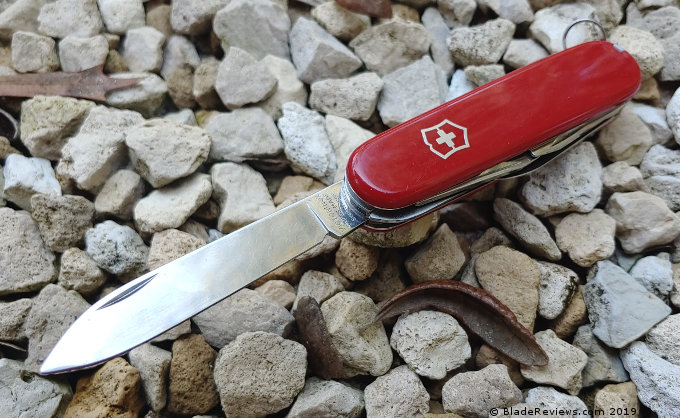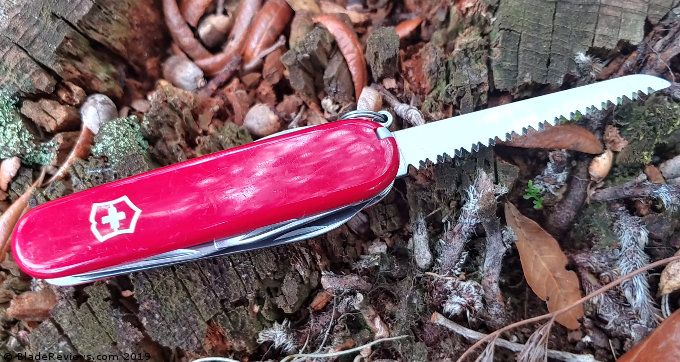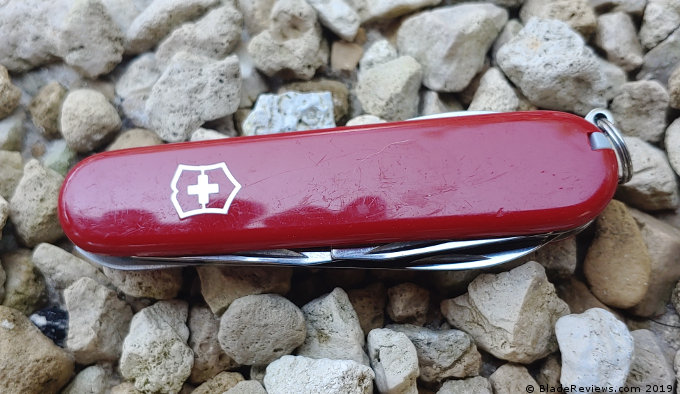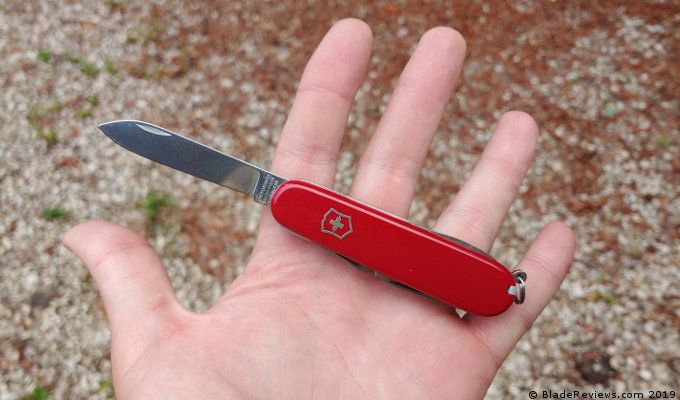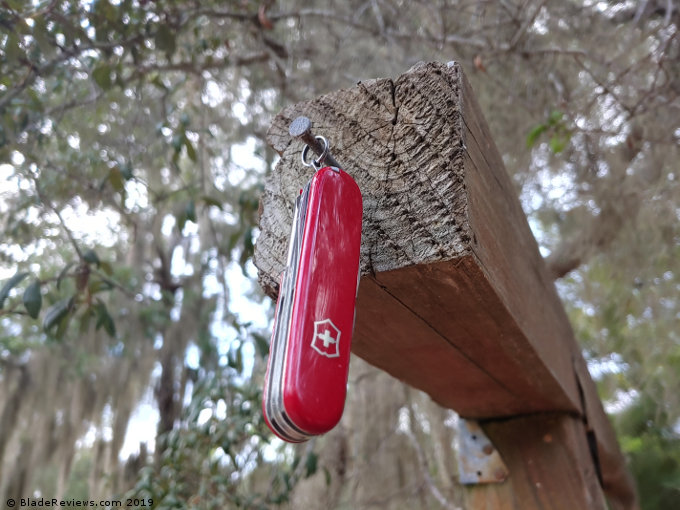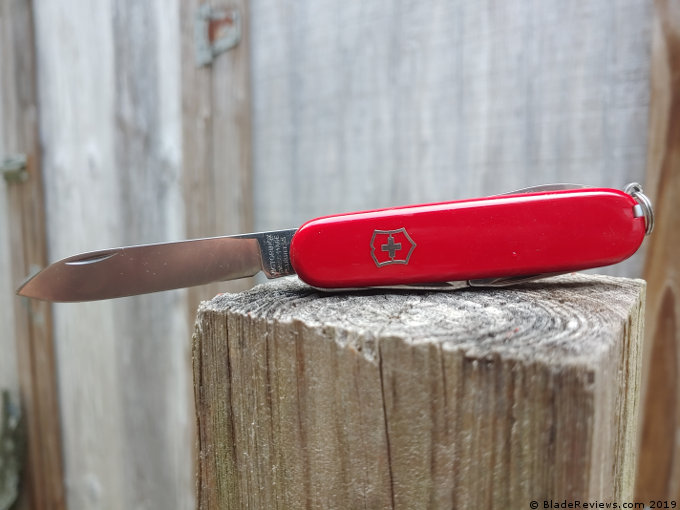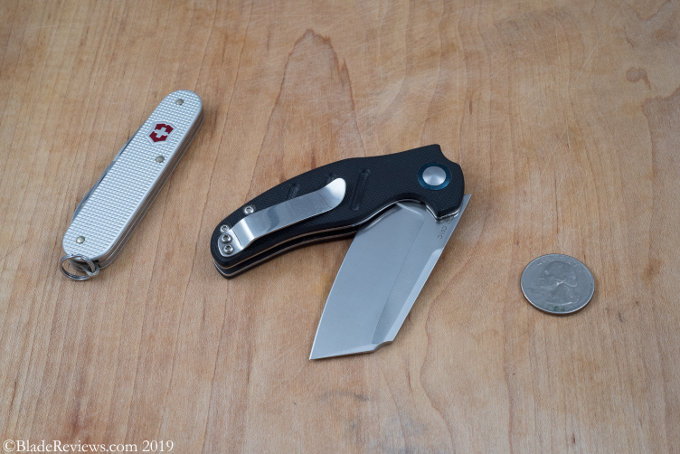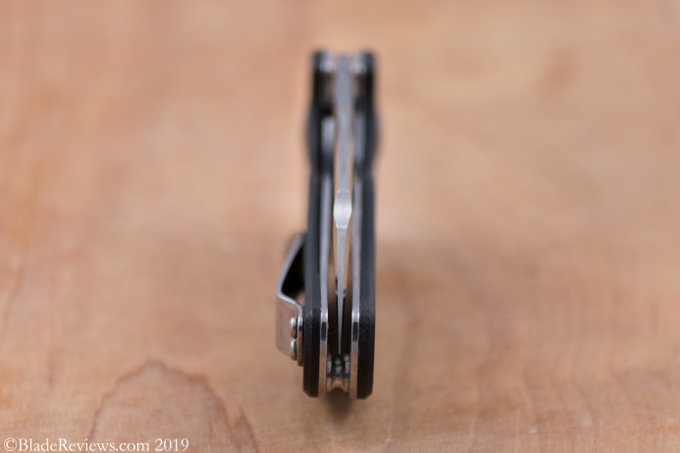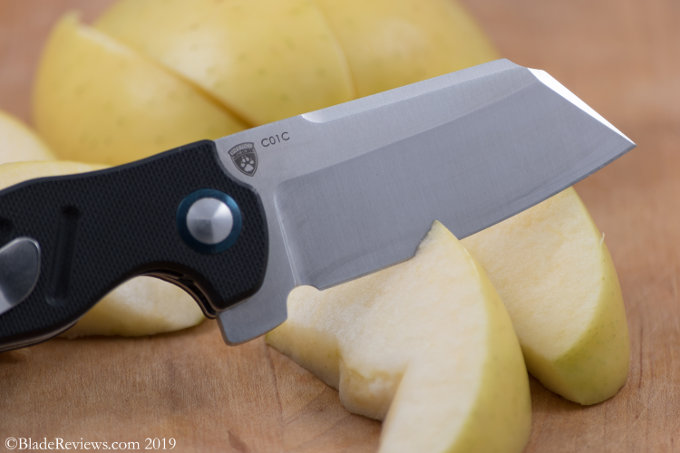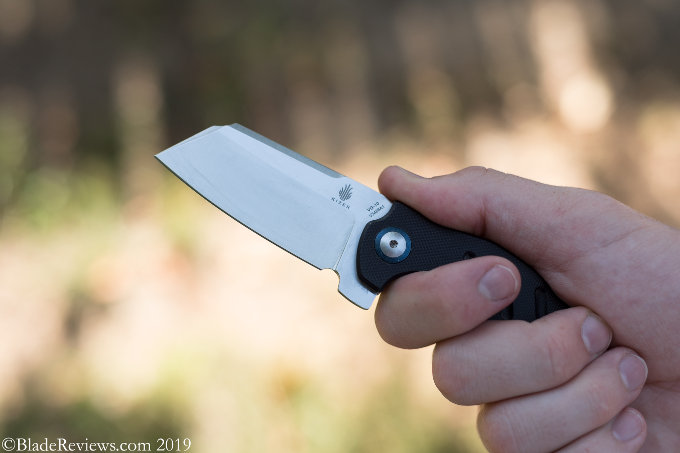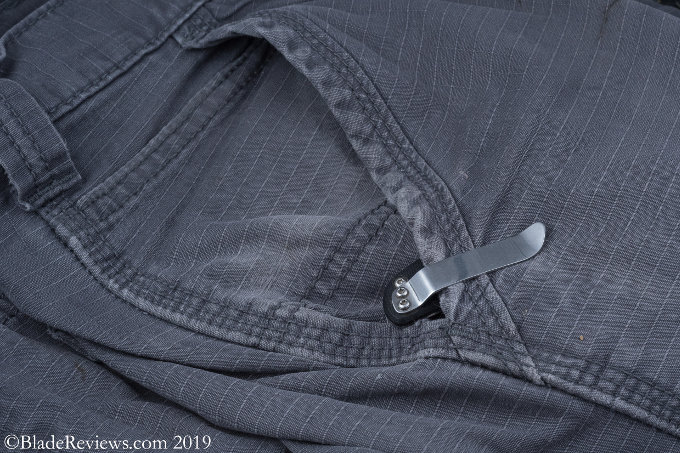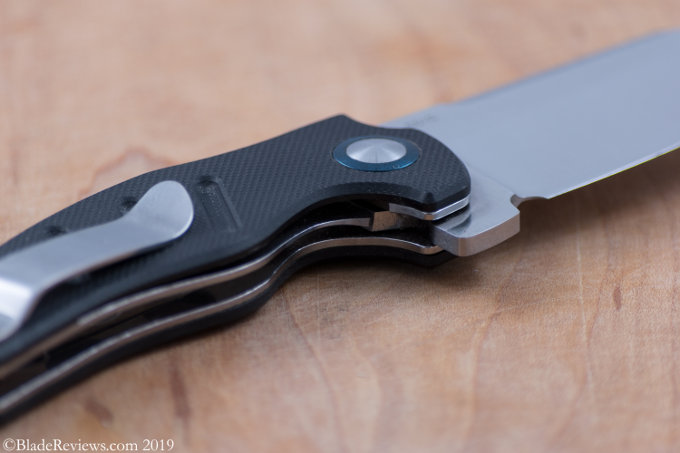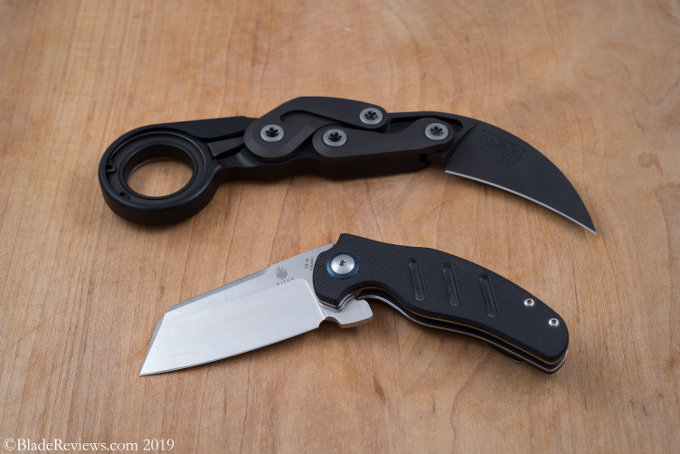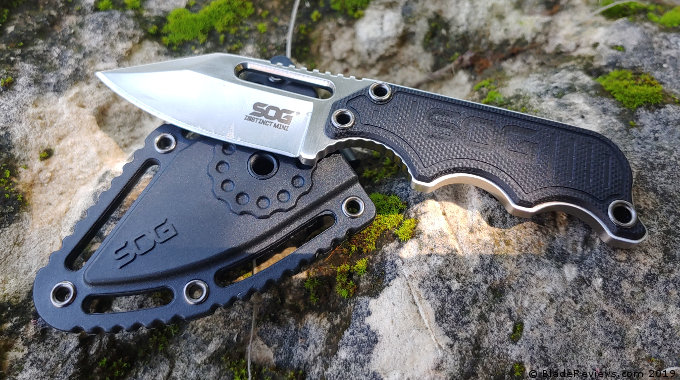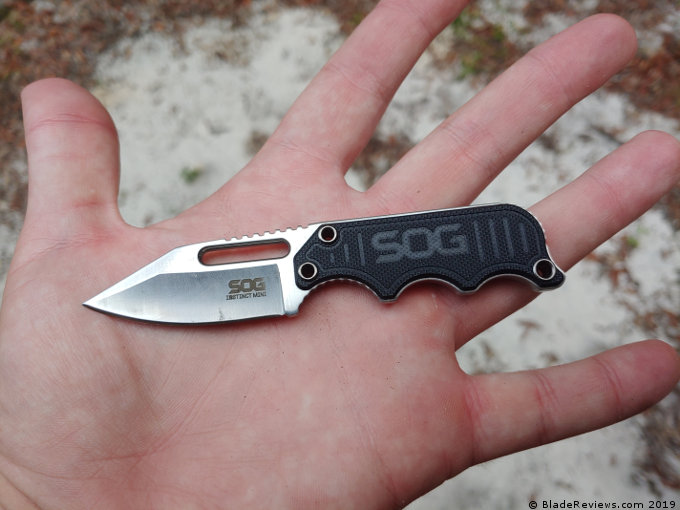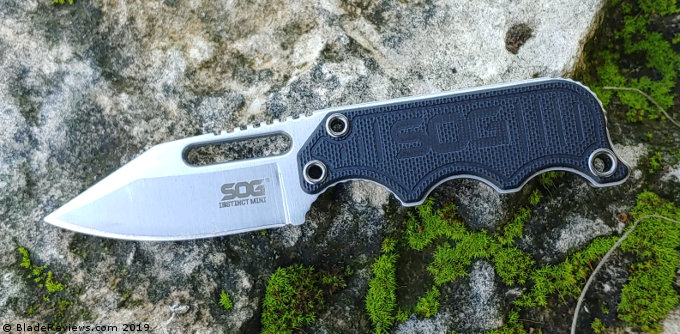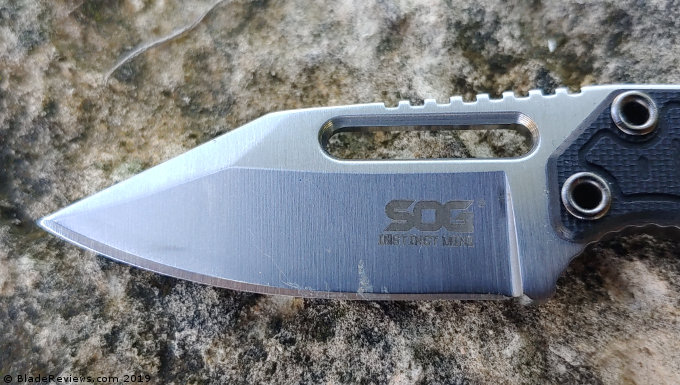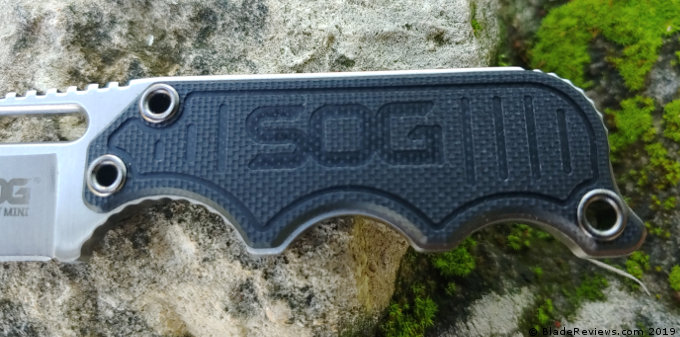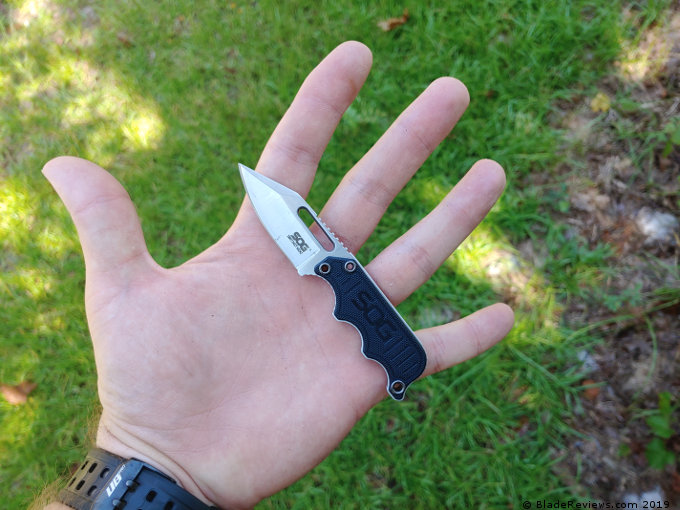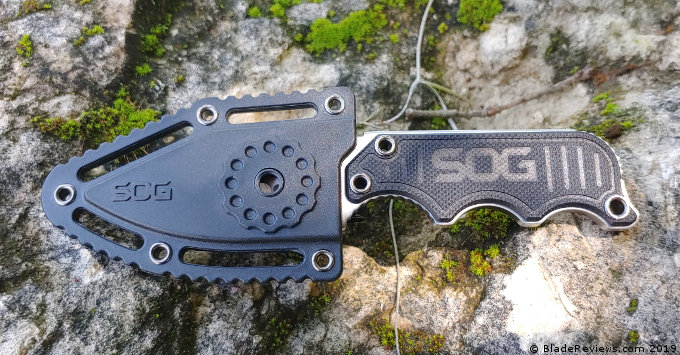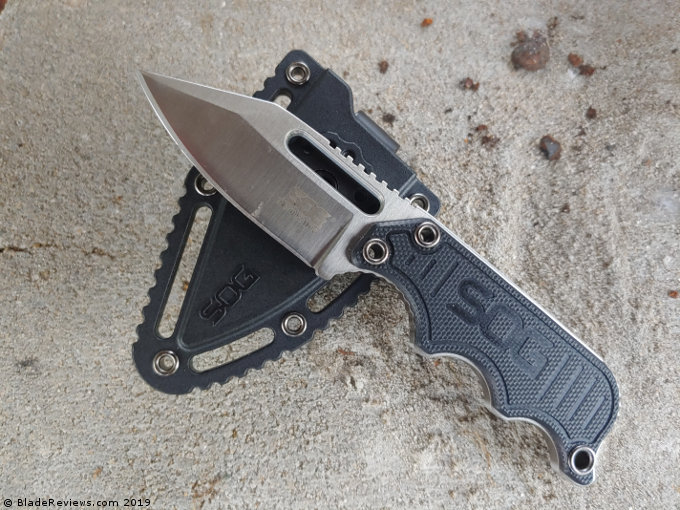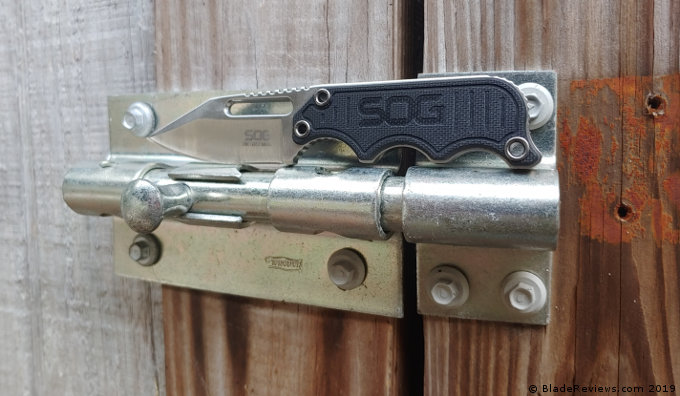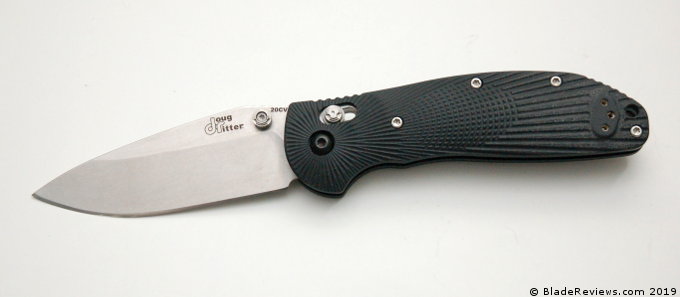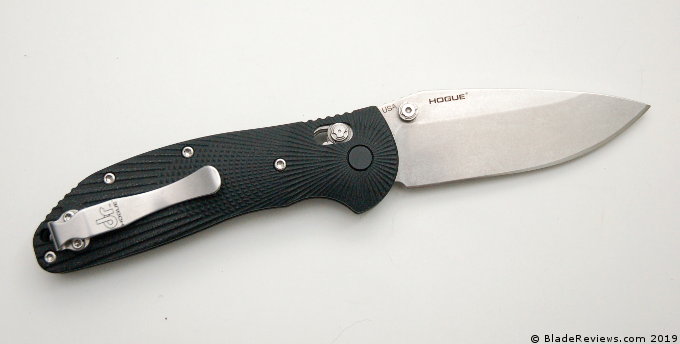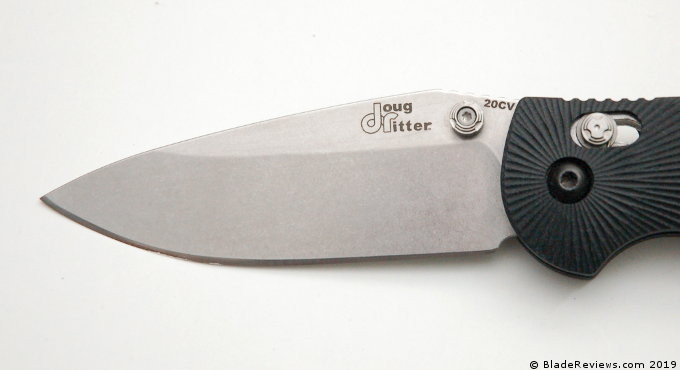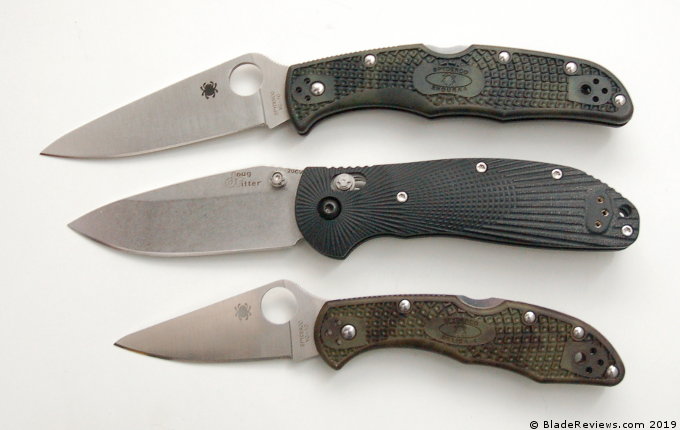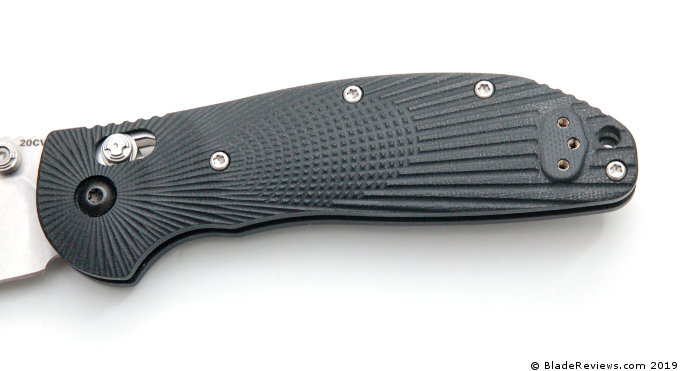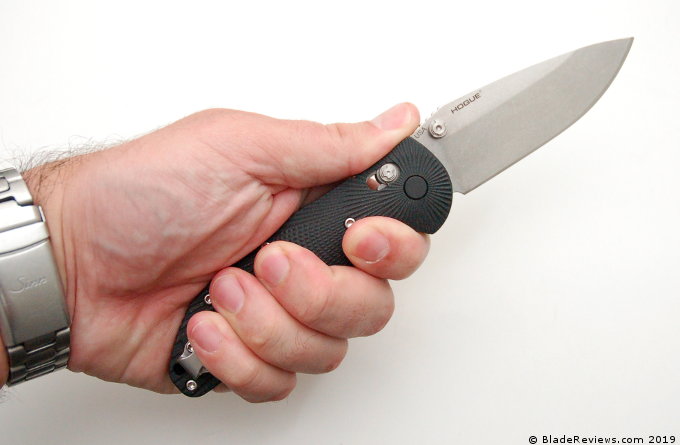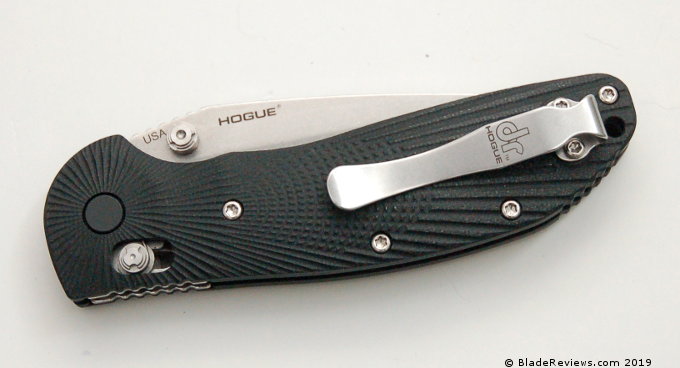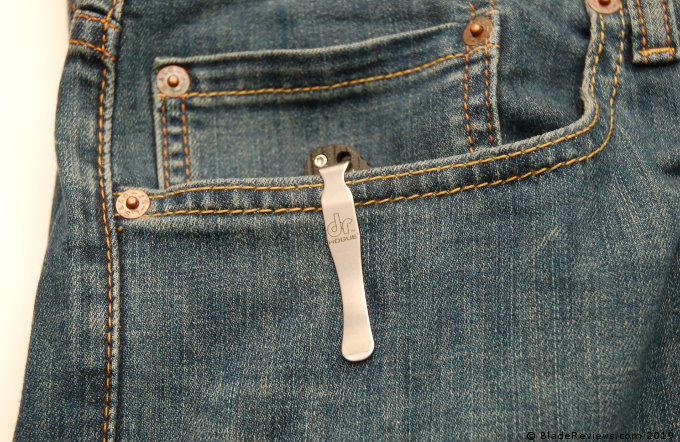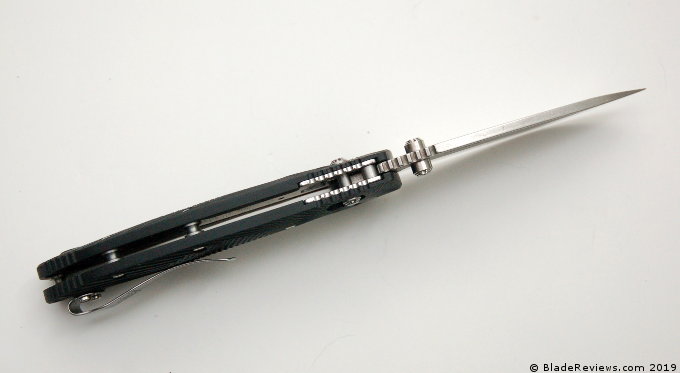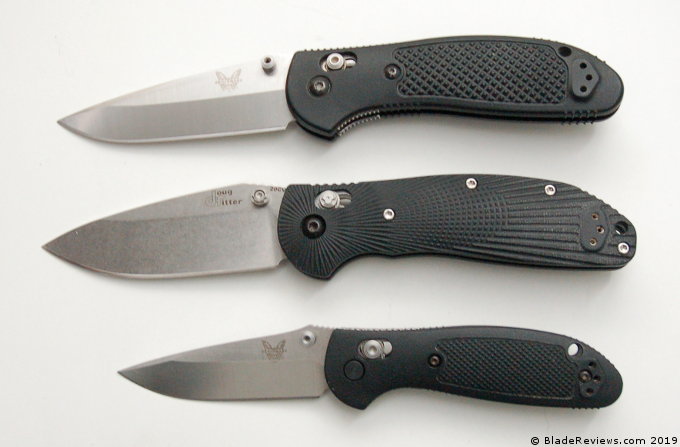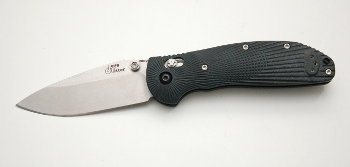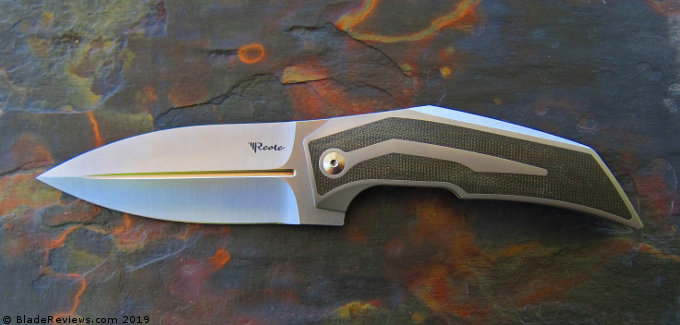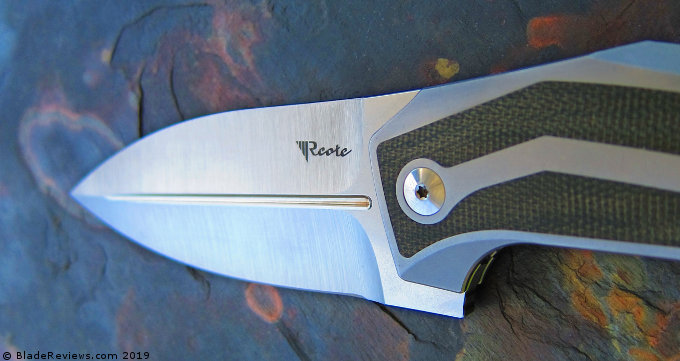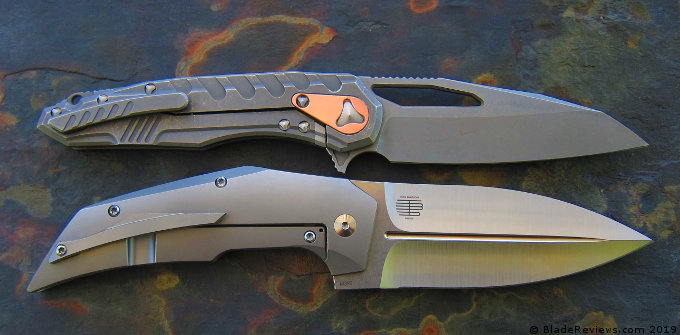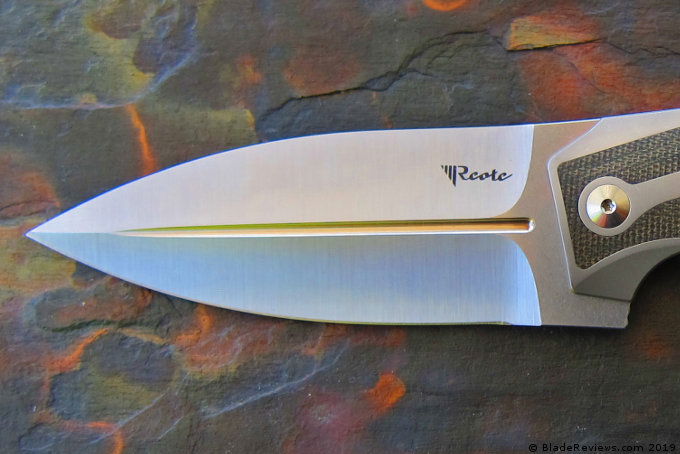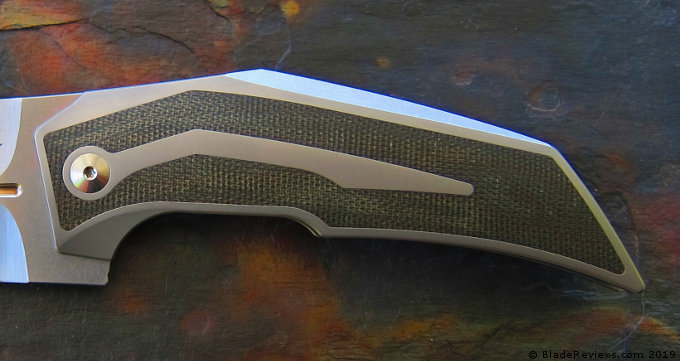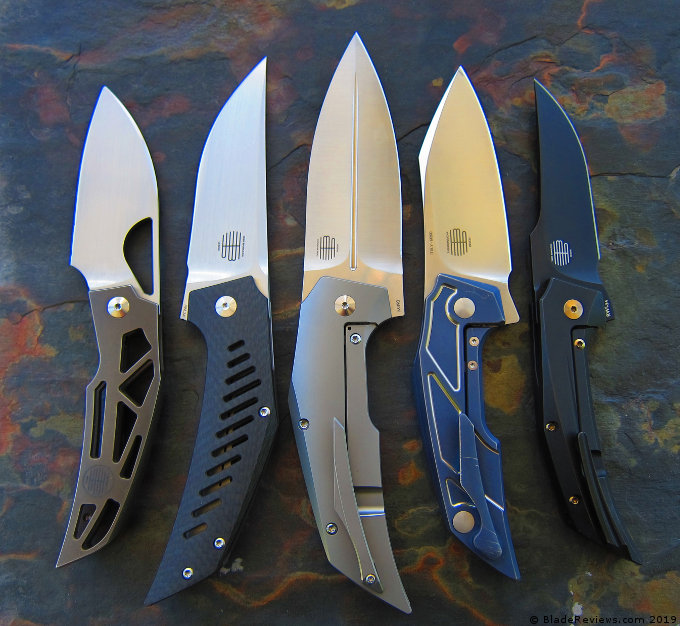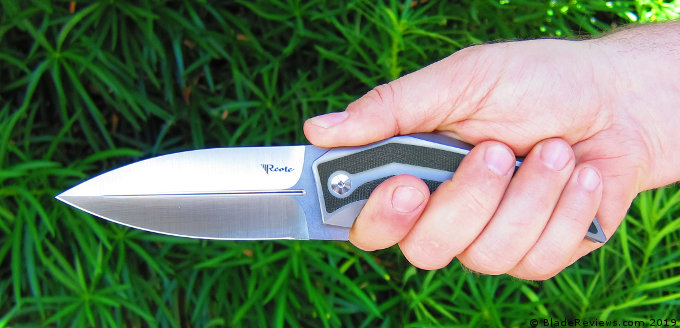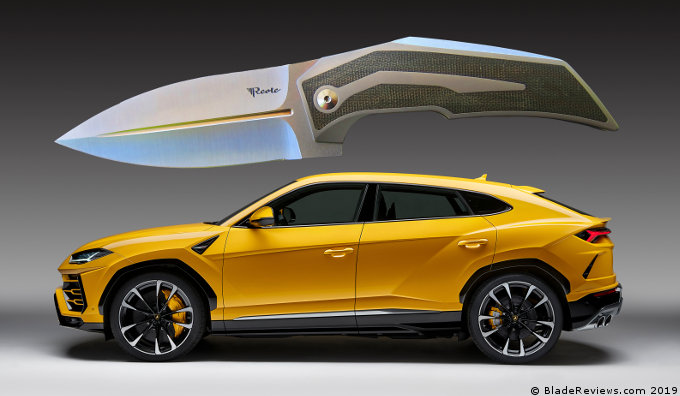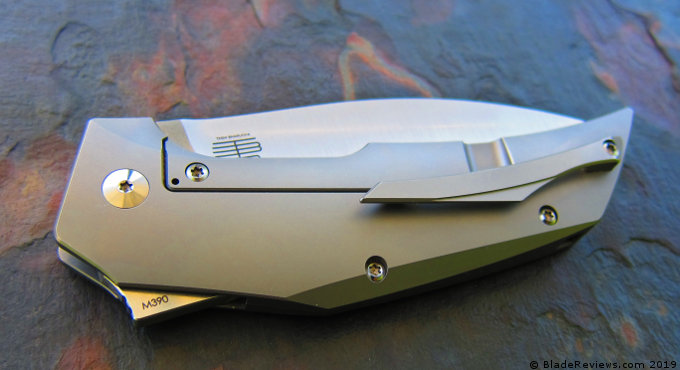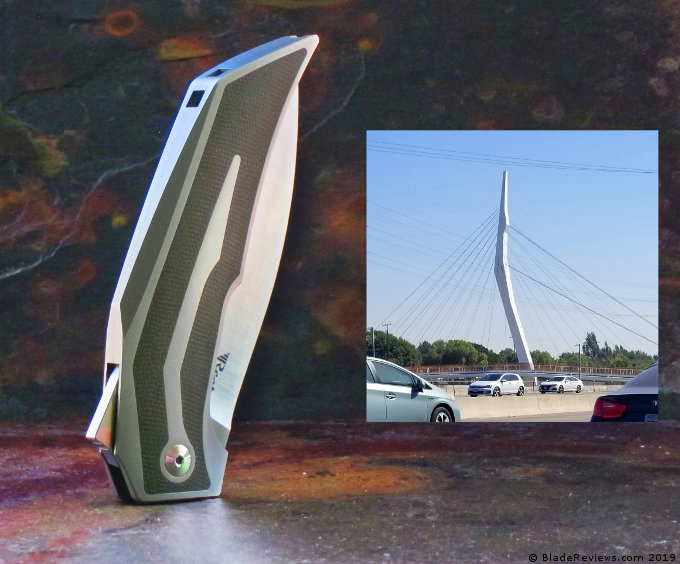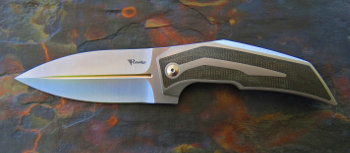The Manly Peak and Peak 2 are a charming blend of modern knife design and utility. I still feel comfortable saying that there is unique value proposition with the Peak series. It’s hard to describe, but the design, materials, fit and finish, and price all came together like a perfectly seasoned stew. Humble origins, but a satisfying result.
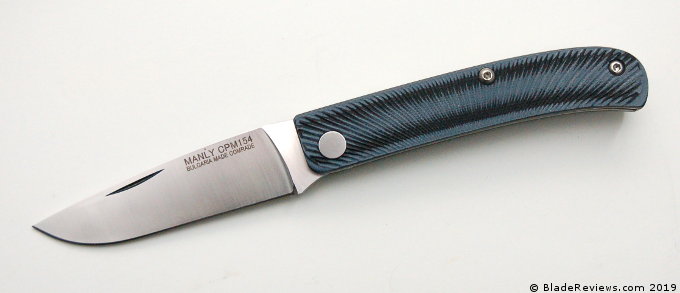
So when Manly Canada, the Canadian distributor for Manly Knives, reached out asking if I was interested in reviewing their Comrade Folder, I was excited about checking out another Manly product. And this company doesn’t get much press, so here was another chance to share this little known brand. This knife was provided to me free of charge to review, but all thoughts are my own.
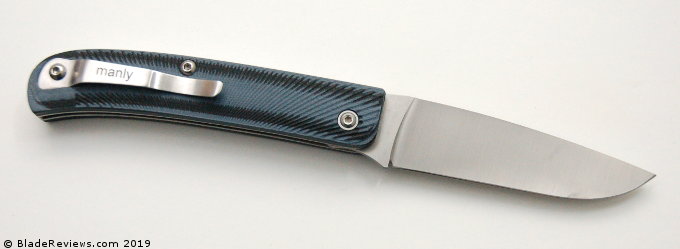
The Comrade is even simpler than the Peak. It’s a full size utility slip joint made of modern materials in Manly’s factory in Bulgeria. Does it resonate as loudly as the Peak and Peak 2? Let’s find out.
General Dimensions and Blade Details
The Comrade has an overall length of 8″, a 3.5″ blade, weighs 4 ounces, and is made in Bulgeria. My initial reaction to handling the Comrade is that this a big and somewhat bulky knife. It’s kind of like the Svord Peasant Knife, in that maybe it’s designed for a peasant, except that it’s substantially heavier than the Peasant Knife.
Here is a size comparison with the Manly Peak 1 and 2:
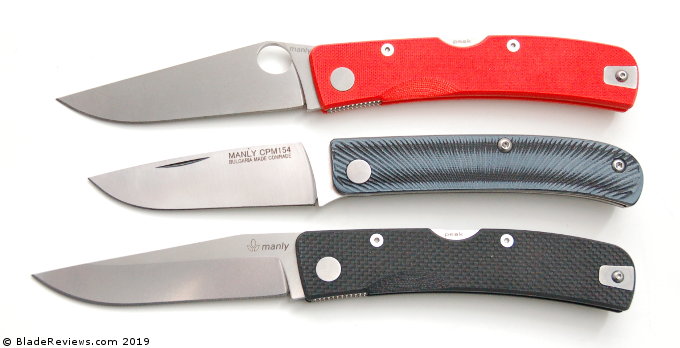
The Comrade is only a little shorter than the Peak, but thicker and heavier. It’s a full size folding knife.
I could see someone working on a farm who needed a full sized folding utility knife, carry the Comrade. They probably wouldn’t worry about whether the knife could be a little thinner or lighter. The Comrade is for someone who doesn’t care much about things like weight, and instead values a simple and solid tool. It’s definitely more of a utility knife than a true modern daily carry piece. While a modern knife enthusiast could certainly carry it every day, I’m not sure most people would want to when a lighter knife could get the job done.
The blade of the Comrade is a simple drop point with a full flat grind. I actually quite like the blade. The simple full flat grind is geared towards performance. The Comrade gets thin behind the edge and the knife slices with the best of them. The satin finish is nice, and the edge is even.
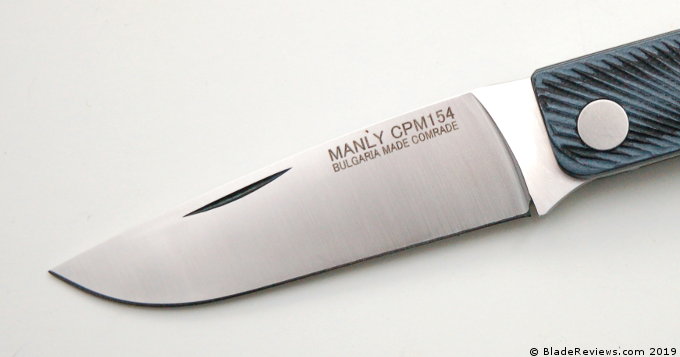
The smart blade geometry combined with CPM154 blade steel makes the Comrade a real screamer. By far, the blade is my favorite part of the knife. Whether you are looking to break down boxes, cut vegetables, or perhaps even break down some game, the Comrade should get the job done (I say “should” because I didn’t actually skin a deer with this knife).
And it was nice to find CPM154 on a knife from Bulgeria, and a ~$40 one at that. CPA154 is a premium U.S. steel, and it was clearly selected to appeal to the North American knife market. I think that was a nice choice as CPM154 is a great working steel. It takes a nice fine edge and holds it for a good period of time, but it’s also easy to sharpen when the time comes. CPM154 also has decent rust and corrosion resistance.
Manly also offers this model in D2 and S90V. Personally, I’m happy I got the CPM154 version.
Handle, Ergonomics, and Pocket Clip
The handle of the Comrade is basic. This is a slip joint with thick, black and blue G10 handle scales over full stainless steel liners. Manly has done a couple things to bring this knife into the 21st century. The liners have been skeletonized to reduce the weight a little, the knife is held together with screws rather than pins, and the jigged black and blue handles give the knife a splash of color.
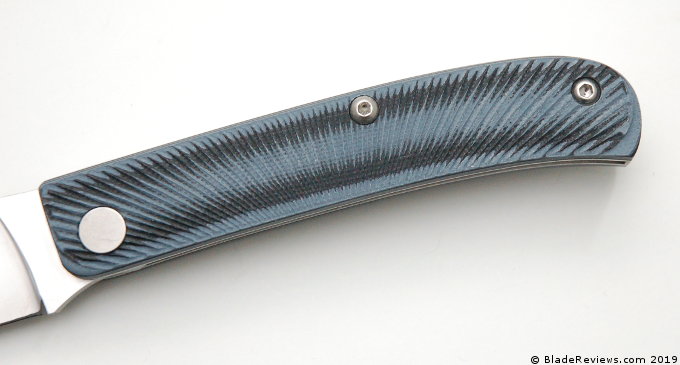
However, at the end of the day this is still a very basic handle design. It’s thick, heavy, and simple. That’s fine if you are looking for pure utility and don’t mind the added weight and bulk, but I suspect most readers are like me in that they want it all: the comfort and utility in a thin and lightweight package. Perhaps I’ve been spoiled by too many lightweight Spydercos. I have to keep reminding myself this is a sub $50 folder.
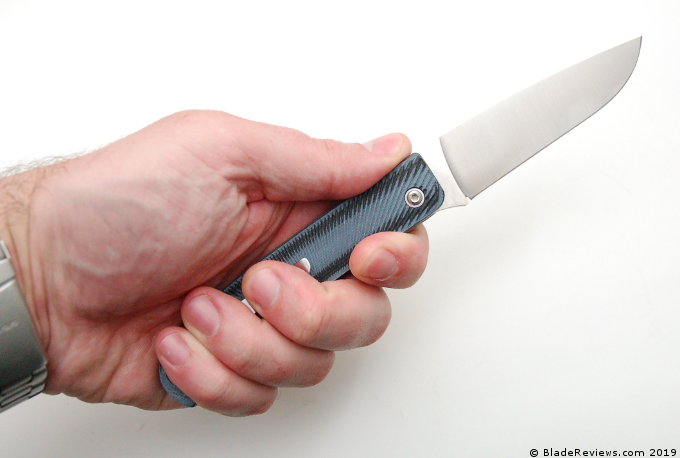
The ergonomics of the Comrade are nice. The large and simple handle will appeal to almost any hand size. There is plenty of room and nothing to get in the way. No scoops, choils, peaks, or beaks. While there isn’t any jimping, Manly still manages to add plenty of traction. The scales have a nice light texture, and the edges also give you a good amount of grip without being too sharp. And while a thick handle can be annoying in the pocket, you can’t deny that it feels good in the hand. This knife will get a lot of work done if you want it to.
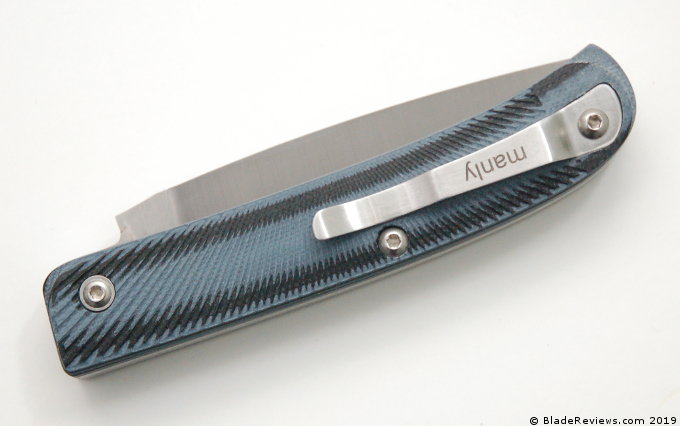
A nice thing about the Comrade is that it comes with a pocket clip. And it’s a good pocket clip. It’s a simple steel clip, mounted high on the handle for right side tip up carry only, but it’s robust. Even though this is a heavy knife, the clip features excellent spring retention and the textured handle also helps keep the knife in place.
Here is your pocket clip shot:
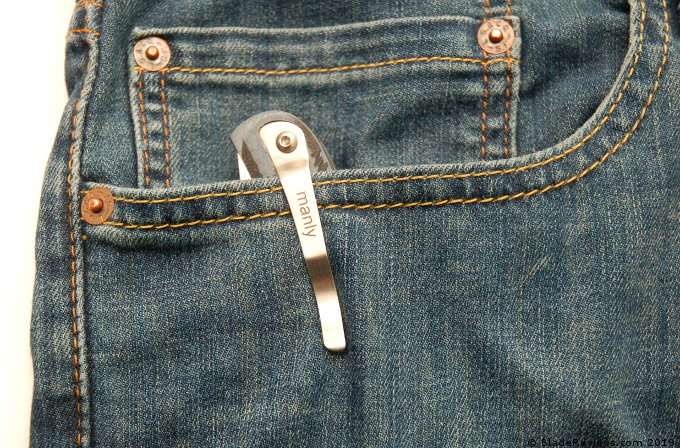
Walk and Talk
Since this is a slip joint, the usual “Deployment and Lock Up” section is replaced with walk and talk, which is how we describe the action of a slip joint.
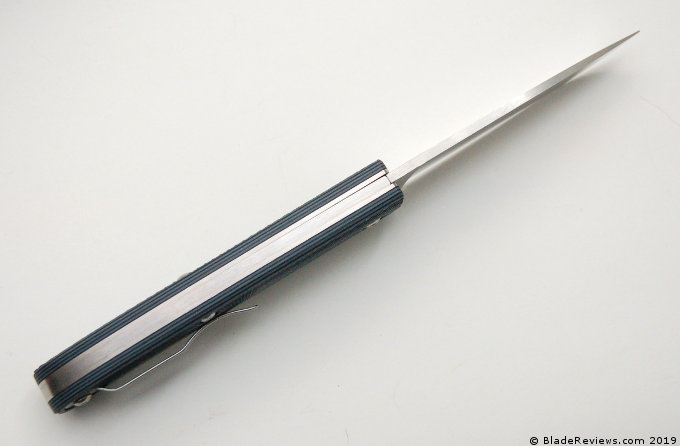
To get the blade open Manly has supplied a large nail nick. It gives you plenty to grab onto when you want to pull the blade open. The action is smooth, but ratchety, because the Comrade includes a few half stops. While you have the traditional stopping point at high noon, you also get stops at 11 and 2. And the stops require more and more force as you pull open the blade. I like this aspect of the knife, and would call it a feature rather than a bug.
I’d say on a scale of 0-10, the Comrade requires a “4” to get to the first quarter stop, a “5” to get to get halfway open, a “7” to get to the 3rd quarter, and an “8” to get fully open. And the knife makes some satisfying popping noises as you open the blade fully. While I won’t claim that it makes the slip joint “safer” it does slow things down somewhat. Given how big the blade is, I like these added stopping points, and the progressive resistance. I haven’t encountered this on any other slip joint knives. Perhaps Manly has been able to innovate here. Let me know in the comments section if you have run across this in other knives.
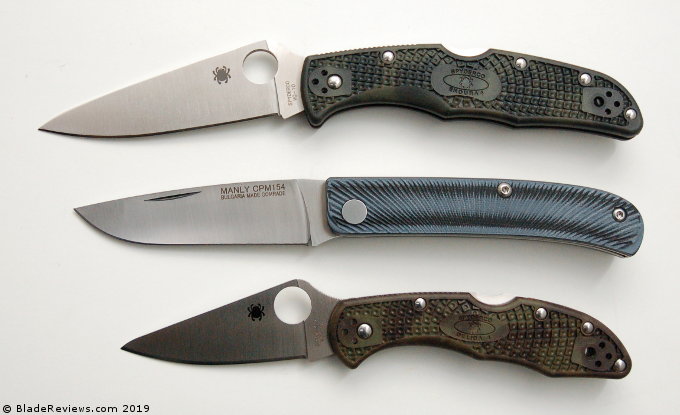
And there is a fair amount of resistance, which inspires the confidence to do more than open mail and cut room temperature cheese. You could take this knife into the woods and do the same camp chores as a locking knife. No chopping or batoning obviously, but certainly carving, food prep and the like would be no problem.
Manly Comrade Review – Final Thoughts
The Comrade scores high points for utility, but in other ways I think it misses the mark. The big and beautiful CPM154 blade, and multiple stops in the slip joint mechanism are high spots for me. I’m less enthused about the overall weight and bulk.
While I’m not obsessive about weight, I found the combination of thickness and heft an obstacle to enjoying the Comrade on a daily basis. It’s larger than what I usually EDC, and it isn’t particularly cool, so it’s not like I found some overwhelming desire to have the Comrade beat out the legion of other knives I have at my disposal. And as a suburban guy, I like thinner, lighter knives. So carrying the Comrade was something of a chore relative to what I’m used to.
That is what really excited me about the Peak. It has some old world charm, but maintains all the convenience of a modern knife, including it being thin and light. The Comrade doesn’t quite do that. It tries to, but the weight and thickness prevents me from enjoying it as much as the Peak. Nested liners would have gone a long way here.
That’s OK, because not every knife that crosses my desk needs to be a high speed low drag modern EDC knife. And my preferences in a pocket knife are just that, my preferences. You may have different preferences. If you are looking for high value utility the Comrade has it. It’s hard to think of anything that cuts this well, and features a CPM-154 blade at this price point. That alone might be enough for folks to consider it.
While the Comrade doesn’t wow me like the Peak did, it’s still worth checking out if you are looking for a large, functional, high value slip joint with some modern conveniences.
My understanding is that Manly Knives are mostly sold through their distributors at this point. So I recommend purchasing the Manly Peak and Peak 2 at ManlyUSA if you live in the States or Manly Canada if you are in Canada.
That said, please consider that buying anything through any of the links on this website, including Amazon and BladeHQ, helps support BladeReviews.com, and keeps the site going. Any and all support is greatly appreciated. Thank you very much.
